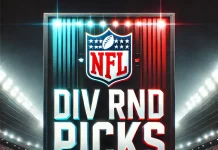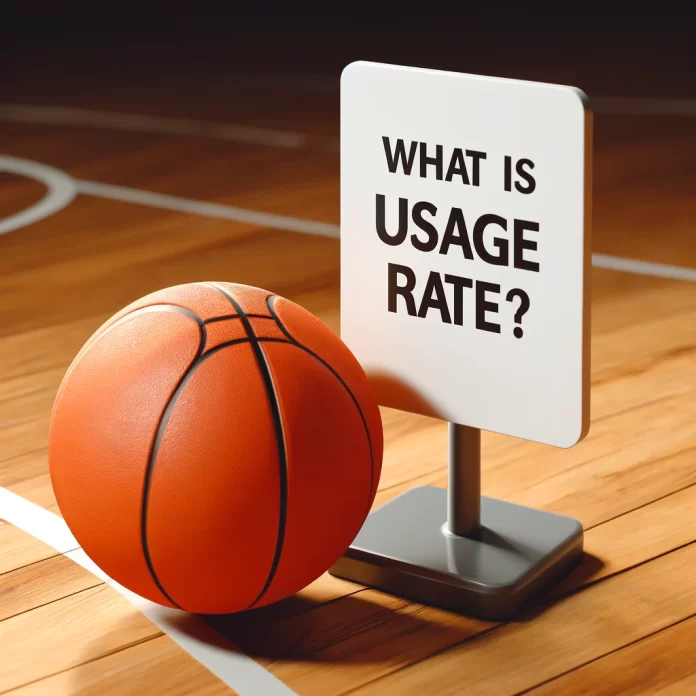In the analytics-driven world of NBA basketball, understanding how a team uses its players is crucial for coaches, analysts, and fans alike.
One of the key statistics that help in this analysis is the “Usage Rate” (USG%).
This metric offers insights into the extent to which a player is involved in a team’s offensive plays while they are on the court.
Check out the players with the highest Usage Rates in NBA history.
What is Usage Rate in NBA?
Usage Rate measures the percentage of team plays used by a player while they are on the floor.
Basically, it calculates how often a player attempts to score, assist, or turns the ball over, thereby indicating their involvement in the offense.
High usage rates often point to players who are primary options on their teams, like LeBron James or James Harden, who are known for their heavy involvement in their teams’ offenses.
The Maths Behind Usage Rate
The formula for Usage Rate was developed to give a clearer picture of a player’s involvement in offensive plays.
It takes into account field goal attempts, free throw attempts, and turnovers, which are critical components of a player’s offensive activity.
The formula for Usage Rate is as follows:

Where:
- FGA = Field Goal Attempts by the player
- FTA = Free Throw Attempts by the player
- TO = Turnovers by the player
- Min = Minutes played by the player
- Team Min = Total minutes played by the team
- Team FGA, Team FTA, Team TO = Team totals for field goal attempts, free throw attempts, and turnovers
This formula adjusts for the pace of the game by standardizing the calculation to a per-minute basis, allowing for comparisons between players in different game contexts.
Usage Rate in Practice
Example 1: High Usage Rate Player
Consider a star player such as Kevin Durant, known for taking many shots, having the ball often, and thus, having a high Usage Rate.
In a typical game where Durant plays 30 minutes, takes 20 field goal attempts, shoots 10 free throws, and commits 3 turnovers, while his team totals 100 field goal attempts, 25 free throws, and 15 turnovers in 200 minutes of total play, his Usage Rate would be calculated as follows:

This indicates a significant involvement in the team’s offense during his minutes on the floor.
Example 2: Low Usage Rate Player
Conversely, consider a role player who primarily focuses on defense and less on offense.
If this player plays 30 minutes, takes 5 field goal attempts, 2 free throws, and commits 1 turnover, with the same team totals as in the previous example, the Usage Rate would be significantly lower:

This low percentage reflects their limited role in the offensive plays.
Usage Rate – A Tool For Serious Bettors
Usage Rate is a powerful tool in the arsenal of advanced NBA analytics, providing clear insights into how integral a player is to their team’s offense.
It helps in distinguishing between those who drive the play and those who contribute in more limited or specialized roles.
As analytics continue to evolve, metrics like Usage Rate, Player Efficiency Rating and True Shooting % will remain essential for teams striving to optimize their strategies and for analysts and fans looking to understand the game at a deeper level.







































